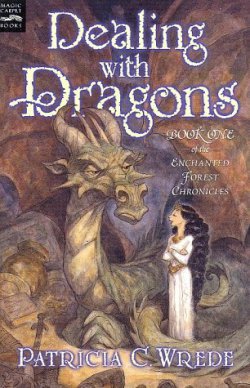Download links for: Pim and Francie: The Golden Bear Days


Reviews (see all)
Write review
I didn't want such a horrifying thing to exist but I couldn't tear myself away.
Unbelievably twisted drawings from "Walt Disney's evil twin brother!"
Love this book. Crazy drawings that go to some dark places.
Nightmare-y. I don't do well with no narrative...
Well that was unnerving.
Other books by Horror
Related articles












